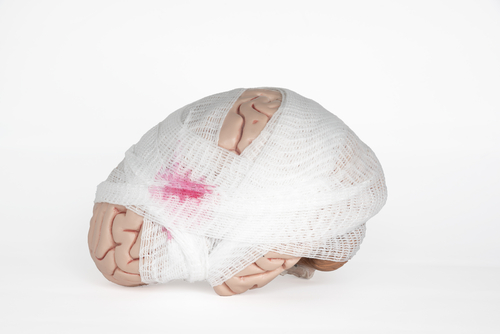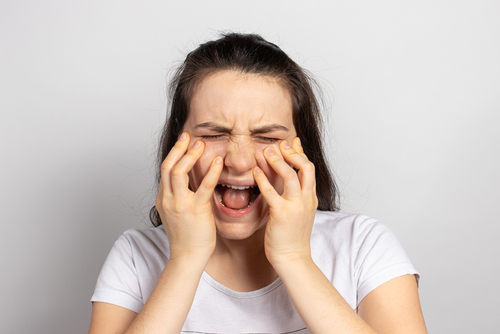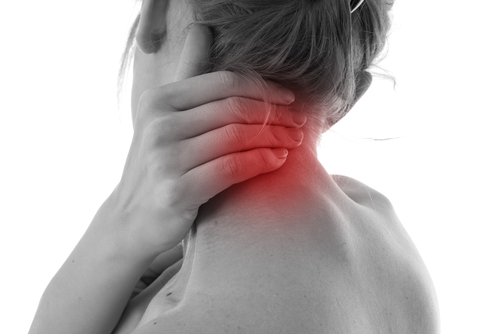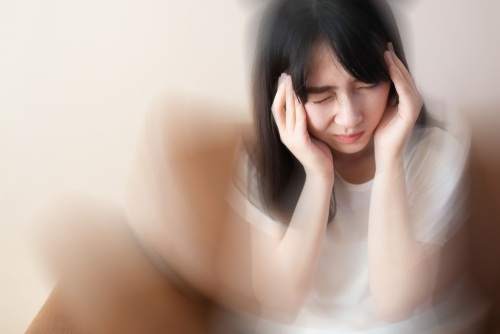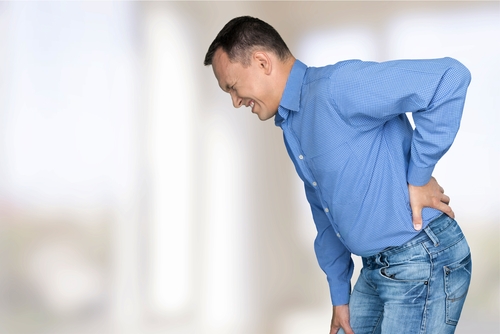Vertigo
The human body is the most complex organic piece of machinery on the planet. Human beings are incredibly designed by nature to be self-complimentary. Each of the innate systems we are born with is uniquely interconnected with multiple other systems within the same skeletal housing.
The system of Equilibrium
In layman’s terms, equilibrium simply means maintaining balance. The skeletal, muscular, and nervous systems all work together on our special sense of equilibrium, dubbed ‘Proprioception’, to maintain the upright posture we are so accustomed to. It’s always working too, from getting up in the morning, to take every single step, to even moving any of our limbs, this complex system of position sensing and balance is quintessential to everyday life.
Any problem within this system manifests as the common complaint of dizziness, or more aptly named, Vertigo.
Vertigo, or dizziness, is the condition where the body cannot maintain balance and properly judge where its component limbs and body parts are in space. Vertigo manifests as the ‘illusion’ of movement, meaning that you feel like you are spinning and moving when in fact you are stationary.
Vertigo is often accompanied by nausea and vomiting as the brain tries to process this illusionary movement.
So why the spinning?
Vertigo is most often associated with problems in the inner ear where the main apparatus of equilibrium sensing, the Vestibule, is located.
The vestibule uses dense fluid and the principle of inertia to judge the direction of movement and therefore, sends signals to the Cerebellum to activate appropriate muscles in the body and limbs to prevent us from falling over.
Some of the common problems with the inner ear leading to vertigo include:
· Benign Paroxysmal Positional Vertigo
BPPV also called simply Begin Vertigo or Positional Vertigo is a common cause of vertigo complaints received by chiropractors. It accounts for 20% of all cases of vertigo and in older adults, makes up almost 50% of all cases of vertigo. BPPV manifests as short-lived but severe moments of illusionary spinning and dizziness. The exact cause of BPPV is uncertain.
However, it is theorized that it occurs as a result of tiny calcium particles clumping up in the vestibule canals and disrupting normal signal transmission.
· Meniere’s Disease
The inner ear has an internal pressure that is kept equal to the outside atmospheric pressure in order to function effectively. Meniere’s disease occurs when fluid builds up inside the inner ear and changes the inner ear pressure relative to the outside.
This results in false stimulation of the inner ear apparatus that manifests as ringing in the ears (Tinnitus) and the spinning sensation of Vertigo.
· Vestibular Labyrinthitis or Neuritis
Usually occurring after a viral infection of the inner ear or the throat, the vestibular nerve or the bony canals of the vestibule called ‘Labyrinths’ are inflamed and their normal signal transmission is impeded.
This leads to the brain being fooled into assuming that the position of the body is off, and this in turn results in the spinning sensation of vertigo.
Apart from the inner ear vertigo can be triggered by other, less common conditions involving the musculoskeletal system such as head and neck injuries and whiplash injuries, the nervous system such as minor strokes and migraine headaches, tumors such as acoustic neuromas or may even manifest as a side effect of different drugs such as the antibiotic class Aminoglycosides.
Chiropractic techniques to balance your world
Vertigo is one of the most frequent complaints chiropractors receive and, in many cases, vertigo can resolve by itself, as the brain has an incredible ability to adapt and utilize other mechanisms to maintain balance.
However, for the cases of vertigo requiring treatment, chiropractors utilize many techniques which include but are not limited to:
· Epley’s Maneuver
This repositioning technique is used for vertigo arising from inner ear problems, especially BPPV.
In this maneuver, the chiropractor aims to reposition the debris and shift it from balance-sensitive areas of the vestibule to more innocuous areas so that vestibular function is spared, and vertigo alleviated.
The chiropractor essentially moves into specific positions that he/she found during the assessment to be reducing the symptoms.
This positioning allows gravity to move the calcium debris away from sensitive areas of the vestibule to more harmless locations and thereby restoring equilibrium.
· Vestibular Rehabilitation
This type of therapy aims to strengthen your sense of balance by training the brain to utilize other systems for equilibrium maintenance.
Multiple techniques and exercises can be used to achieve this effect, and your chiropractor will recommend the appropriate method after a thorough assessment.
· Exercises
Your chiropractor may recommend some easy exercises you can do by yourself at home to further facilitate the treatment process.
One popular and effective exercise, as documented in the 2006 issue of the Scientific World Journal is the ‘Brandt-Daroff’ exercise.
In the Brandt-Daroff exercise, you simply sit at the end of your bend and alternatively flop to aside for one minute, then back upright for a minute and then to the opposite side for one minute, and then repeat.
Other exercises like Tai Chi, meditation, and breathing techniques like Qi-Gong are also recommended by chiropractors to aid in vertigo treatment.
· Lifestyle modification
The chiropractor may also advise a change in your lifestyle and eating habits to ensure a well-functioning equilibrium system. He/she may advise decreased use of tobacco and alcohol, as well as non-prescription sleeping aids and antihistamines. Monosodium Glutamate or MSG is found in processed foods that increase the likelihood of vertigo attacks. And certain vitamins like Vitamin B-6 and Vitamin C may be supplemented especially if you drink alcohol as prolonged alcohol consumption results in vitamin deficiency.
Vitamin C has a particular role as an antioxidant in reducing the free-radical induced damage to the vestibular system.
Conclusion
Vertigo has a wide variety of causative factors that cause your world to spin out of control and leave you struggling to maintain balance. Chiropractic maneuvers and techniques are a non-invasive, conservative method of treatment utilizing the body’s natural construction to treat some of the causes and effectively eliminate the symptoms, bringing your world back to balance.


